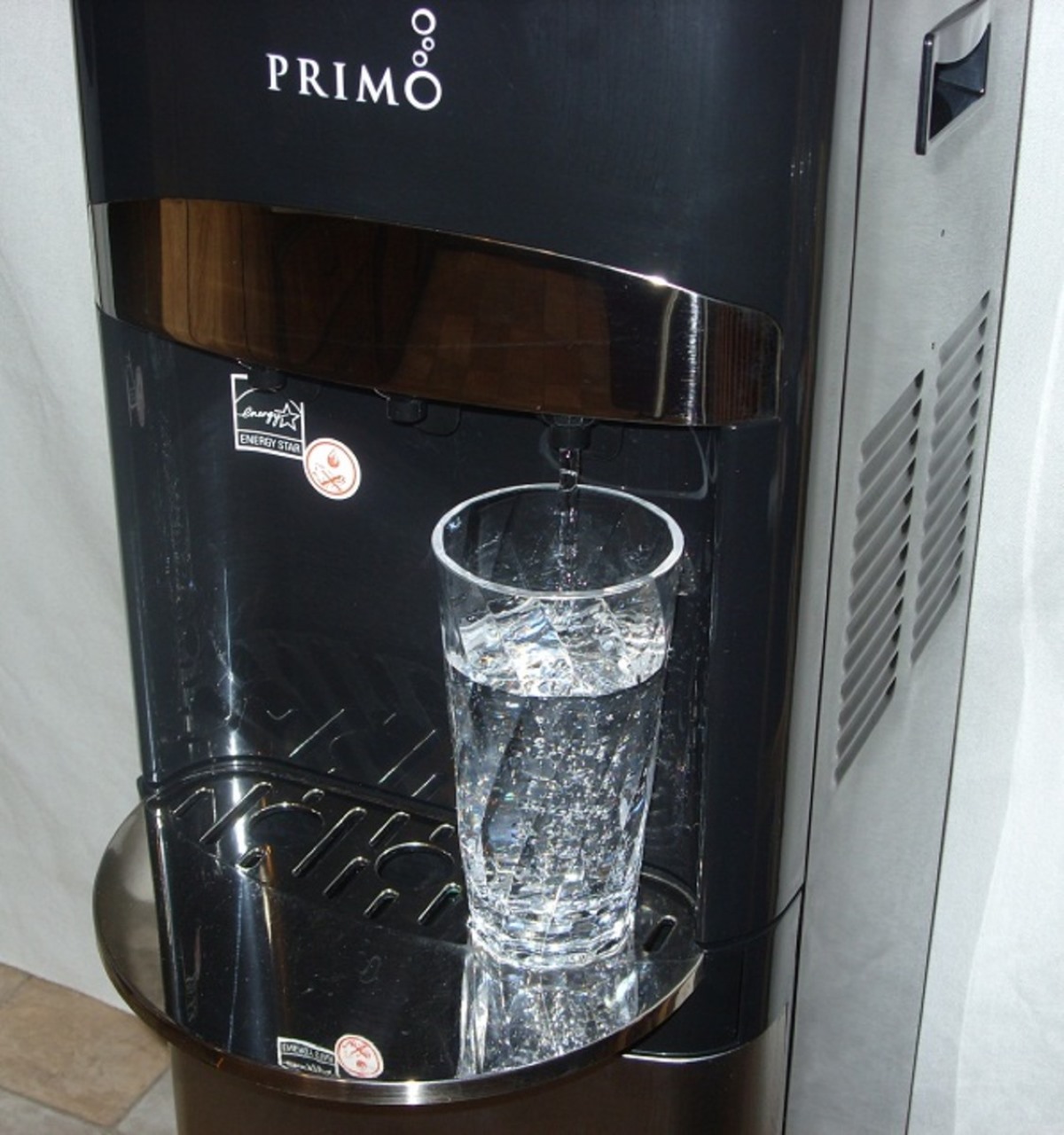

Articles
How Hot Is Water From Water Dispenser
Modified: October 20, 2024
Discover the ideal temperature for your drinking water from a water dispenser and learn about its benefits. Read articles on how to choose the best water dispenser and maintain its temperature.
(Many of the links in this article redirect to a specific reviewed product. Your purchase of these products through affiliate links helps to generate commission for Storables.com, at no extra cost. Learn more)
Introduction
A water dispenser is a common household appliance that provides convenient access to clean drinking water. Whether you prefer a refreshing glass of cold water on a hot summer day or a cup of hot tea on a chilly evening, water dispensers offer a solution to quench your thirst. But have you ever wondered how hot the water from a water dispenser actually is?
In this article, we will explore the temperature of water from a water dispenser, the factors that can affect its temperature, and the potential impacts of water temperature on our health. We will also provide some tips for adjusting the water temperature on a water dispenser to suit your preferences.
Understanding the temperature of water from a water dispenser is essential, as it can greatly impact the taste and overall experience of drinking water. So, let’s dive in and discover just how hot the water from a water dispenser can be!
Key Takeaways:
- Water dispensers offer customizable temperature settings for both cold and hot water, ensuring a refreshing experience tailored to individual preferences and needs.
- Understanding the factors influencing water temperature and testing the dispenser’s accuracy can help maintain optimal water temperatures for drinking, cooking, and making beverages.
Read more: How To Descale Zojirushi Hot Water Dispenser
Understanding Water Dispensers
Water dispensers are appliances designed to provide easy access to drinking water. They come in various types, including countertop models, freestanding units, and even built-in dispensers attached to refrigerators. These devices typically have two main functions: dispensing cold water and dispensing hot water.
The mechanism of a water dispenser involves storing water in a reservoir and using a cooling or heating system to adjust its temperature. The cold water function is achieved by cooling the water using a refrigeration system, while the hot water function involves heating the water through a heating element.
Water dispensers often have separate spouts or buttons for dispensing cold and hot water. This allows users to choose the desired temperature of the water they need for different purposes, such as drinking, cooking, or making hot beverages.
It’s important to note that water dispensers are designed to dispense water at a specific temperature range, typically around 35°F to 50°F (1.7°C to 10°C) for cold water and around 170°F to 190°F (76°C to 88°C) for hot water. However, it’s worth mentioning that these temperatures may vary slightly depending on the specific model and manufacturer.
Now that we have a basic understanding of how water dispensers work, let’s explore the factors that can affect the temperature of the water they dispense.
Factors Affecting Water Temperature
Several factors can influence the temperature of water from a water dispenser. These factors include:
- Settings and Controls: Most modern water dispensers come with temperature control options, allowing users to adjust the temperature of the water to their preference. The temperature selected on these settings directly affects the water temperature dispensed.
- Ambient Room Temperature: The surrounding room temperature can have an impact on the water temperature. If the room is particularly cold or hot, it can affect the cooling or heating efficiency of the dispenser.
- Reservoir Size: The size of the water reservoir in the dispenser can affect the temperature of the dispensed water. Smaller reservoirs may heat up or cool down faster, resulting in the water being dispensed at a slightly different temperature.
- Usage Patterns: The frequency and duration of using the dispenser can impact the water temperature. Continuous usage can cause slight temperature variations due to the constant cooling or heating process.
- Water Source Temperature: The temperature of the water that is initially put into the dispenser can also affect the final dispensed temperature. If the water source is already cold or hot, it may require less cooling or heating from the dispenser.
It’s important to keep these factors in mind when using a water dispenser, as they can influence the temperature of the water you receive. However, it’s worth noting that most modern water dispensers are designed to maintain a consistent temperature range, regardless of these influencing factors.
Now that we understand the factors that affect water temperature in a water dispenser, let’s take a closer look at the temperature settings available on these appliances.
Temperature Settings on Water Dispensers
Most water dispensers are equipped with temperature control settings, allowing users to customize the temperature of the water they dispense. These settings can vary depending on the model and manufacturer, but they generally offer options for both cold and hot water temperature adjustments.
For the cold water function, temperature control settings typically allow users to choose the desired temperature range within the cooling capabilities of the dispenser. Some models may have preset temperature options, such as “cool,” “normal,” or “extra cold,” while others may provide a temperature range that can be adjusted using buttons or knobs.
The hot water function on water dispensers also comes with temperature control options. Users can adjust the temperature of the hot water within a specific range to suit their needs. Similar to the cold water settings, some models may offer preset options like “warm” or “hot,” while others provide a temperature range and allow users to select the desired level of heat.
It’s important to note that water dispensers may have safety features in place to prevent the hot water from reaching dangerously high temperatures. This is especially crucial to protect against accidental burns, particularly for households with young children. These safety features typically limit the maximum temperature at which the dispenser dispenses hot water.
When adjusting the temperature settings on a water dispenser, it’s essential to be mindful of the recommended temperature ranges for drinking water. Cold water should be kept below 50°F (10°C), while hot water should be set at a range between 170°F to 190°F (76°C to 88°C).
By adjusting the temperature settings on your water dispenser, you can ensure that the dispensed water meets your preferences and needs, whether you enjoy a crisp gulp of cold water or a soothing cup of hot tea.
Now that we understand how temperature settings work on water dispensers, let’s move on to testing the actual temperature of water from a dispenser to see if it lives up to these settings.
Testing the Temperature of Water from a Dispenser
If you’re curious about the actual temperature of the water dispensed from your water dispenser, you can perform a simple temperature test to check its accuracy. Here’s how:
- Before conducting the test, ensure that the water dispenser has been running for at least 15 minutes to stabilize the temperature.
- Prepare a thermometer suitable for measuring hot and cold temperatures. Make sure it is clean and hygienic.
- Place the thermometer under the water stream from the dispenser, keeping it submerged for a few seconds until the reading stabilizes.
- Take note of the displayed temperature on the thermometer. This will provide you with an accurate measurement of the water temperature.
Repeat this test a few times to confirm the consistency of the water temperature from your dispenser. It’s worth noting that the temperature may vary slightly between each test, but it should generally fall within the selected temperature range on the dispenser’s settings.
If you find that the dispensed water temperature significantly deviates from the set temperature, it may be worth contacting the manufacturer or referring to the user manual for troubleshooting tips. There could be a technical issue with the dispenser that requires professional evaluation or repair.
By testing the water temperature, you can ensure that your water dispenser is functioning properly and providing water at the desired temperature setting. It’s important to have access to reliably consistent temperatures, especially when it comes to enjoying a refreshing glass of water or preparing hot beverages.
Now that we’ve explored the process of testing the water temperature, let’s move on to comparing the temperature of water dispensed from different types of water dispensers.
The temperature of water from a water dispenser can vary, but it is typically between 160-190°F (70-88°C). Always use caution when dispensing hot water to avoid burns.
Comparing Water Temperature from Different Dispensers
Water dispensers come in various types and models, and the temperature of the dispensed water can vary between different units. Here, we will compare the water temperature from two common types of water dispensers: countertop models and freestanding units.
Countertop water dispensers are compact and designed to sit on a countertop surface. They typically have smaller water reservoirs and limited cooling and heating capabilities compared to larger freestanding units. As a result, the cold water temperature from countertop models may not be as chilly as that from freestanding units.
Freestanding water dispensers, on the other hand, are larger and more robust in terms of cooling and heating capabilities. With larger water reservoirs and powerful refrigeration and heating systems, freestanding units can provide colder and hotter water compared to countertop models.
When comparing the water temperature between these two types of dispensers, it’s essential to consider the settings and controls available on each unit. Some countertop models may only offer basic temperature control options, while freestanding units may have a wider range of temperature settings to choose from.
Additionally, the amount of time the dispenser has been running can impact the water temperature. Continuous usage or an empty water reservoir may result in slightly higher initial dispensed temperatures, which can gradually cool down or heat up within a few minutes of operation.
It’s also worth noting that personal preferences play a role in how we perceive water temperature. What one person considers as cold water, another may find it as cool. Therefore, it’s important to consider individual preferences when comparing the temperature from different water dispensers.
When it comes to deciding which type of water dispenser to choose based on temperature performance, it ultimately depends on your specific needs and preferences. If you prioritize colder or hotter water, freestanding units with powerful cooling and heating capabilities may be the better option. However, if space is limited and you’re content with water at slightly higher or lower temperatures, a countertop model can still provide satisfactory results.
Now that we’ve compared the temperature from different types of water dispensers, let’s explore the potential impacts of water temperature on our health.
Potential Impacts of Water Temperature on Health
The temperature of the water we consume can have both immediate and long-term effects on our health. Let’s take a look at the potential impacts of water temperature on our well-being:
- Hot Water: Drinking hot water can have various benefits for our health. It can help to improve digestion, boost metabolism, and promote blood circulation. Hot water is also commonly used for soothing sore throats and reducing congestion. However, it’s important to avoid extremely hot water that can cause burns or scalds.
- Cold Water: Cold water is refreshing and hydrating, especially during hot weather or after physical exertion. It can help lower body temperature, quench thirst, and provide an instant cooling sensation. Cold water can also help alleviate minor headaches and reduce inflammation. However, it’s important to note that very cold water may not be suitable for some individuals, such as those with sensitive teeth or throat conditions.
- Room Temperature Water: While not too hot or too cold, drinking water at room temperature is generally safe and can be considered a neutral option. Room temperature water is easily absorbed by the body and aids in hydration. It’s a good choice for those who prefer water without extreme temperatures or have sensitivity to hot or cold liquids.
It’s important to listen to your body’s needs and personal preferences when it comes to water temperature. Some individuals may find that hot or cold water offers specific benefits, while others may prefer water at room temperature. The key is to stay hydrated and ensure that the temperature of the water you consume is comfortable and safe for you.
In addition to drinking water, it’s also crucial to consider the temperature of water used for various household activities, such as bathing and cleaning. Extremely hot water can cause burns and scalds, so adjusting the water heater temperature to a safe level is essential, especially in households with children or elderly individuals.
Now that we’ve explored the potential impacts of water temperature on health, let’s move on to some tips for adjusting the water temperature on a water dispenser.
Tips for Adjusting Water Temperature on a Dispenser
Adjusting the water temperature on a water dispenser can help ensure that the dispensed water matches your preferences. Here are some tips to help you achieve the desired temperature:
- Refer to the User Manual: The first step is to read the user manual provided by the manufacturer. It will provide specific instructions on how to adjust the temperature settings on your particular model of water dispenser.
- Allow for Stabilization Time: After making temperature adjustments, give the water dispenser some time to stabilize. This will allow the dispenser and its components to reach the desired temperature before testing or using the water.
- Incremental Adjustments: When adjusting the temperature, make small incremental changes rather than large adjustments. This will help you fine-tune the temperature to your liking without going too extreme.
- Test and Monitor: After making temperature adjustments, use a thermometer to test the dispensed water to ensure it falls within your desired temperature range. Continuously monitor the water temperature to detect any inconsistencies that may require further adjustments.
- Consult the Manufacturer: If you are experiencing difficulties or uncertainties in adjusting the temperature on your water dispenser, it’s best to reach out to the manufacturer’s customer support for guidance. They can provide specific instructions or troubleshoot any issues you may be facing.
- Consider External Factors: Keep in mind that factors such as room temperature, usage patterns, and the initial temperature of the water source can impact the final dispensed temperature. Consider these factors and make adjustments accordingly.
- Be Mindful of Safety: When adjusting the hot water temperature, ensure that it remains within a safe range to prevent scalding or burns. Follow any safety guidelines or limits specified by the manufacturer to avoid accidents.
By following these tips, you can adjust the temperature settings on your water dispenser to match your preferences and enjoy the optimal temperature of water for drinking, cooking, or making beverages.
Now that we have explored tips for adjusting water temperature on a dispenser, let’s wrap up our discussion.
Conclusion
Water dispensers are versatile appliances that provide convenient access to both cold and hot water. Understanding the temperature of the water from a water dispenser is important to ensure a pleasant drinking experience and meet individual preferences.
We’ve explored various aspects related to water temperature in a water dispenser, including the factors that can affect it, the temperature settings available, and the potential impacts on health. By taking into account factors such as ambient room temperature, usage patterns, reservoir size, and water source temperature, you can better understand the temperature variations you may encounter.
When adjusting the temperature on your water dispenser, refer to the user manual, make incremental adjustments, and test the dispensed water using a thermometer to ensure it falls within your desired range. If you encounter difficulties, consult the manufacturer for guidance and assistance.
Remember to prioritize safety when adjusting the hot water temperature and be mindful of potential risks, especially for households with children or vulnerable individuals.
Ultimately, finding the optimal water temperature for your dispenser is a personal choice. Whether you prefer refreshing cold water, soothing hot water, or neutral room temperature water, the key is to listen to your body’s needs and choose the temperature that best suits your preferences and supports your overall well-being.
With an understanding of water dispenser temperatures and how to adjust them, you can now enjoy the perfect glass of water or cup of hot tea to quench your thirst and indulge in the simple pleasure of staying hydrated.
Curious about stepping up your home convenience with just the right water dispenser? Whether you're itching for that perfect steaming cup of tea or a cool, refreshing glass of water, knowing which model to pick is key. Dive into our detailed reviews on the hottest options in hot water dispensers to find your ideal match. Not looking to heat things up? Cool down with our guide on the best models for chilled hydration. Both guides offer invaluable insights into making an informed choice that suits all your drink dispensing needs.
Frequently Asked Questions about How Hot Is Water From Water Dispenser
Was this page helpful?
At Storables.com, we guarantee accurate and reliable information. Our content, validated by Expert Board Contributors, is crafted following stringent Editorial Policies. We're committed to providing you with well-researched, expert-backed insights for all your informational needs.
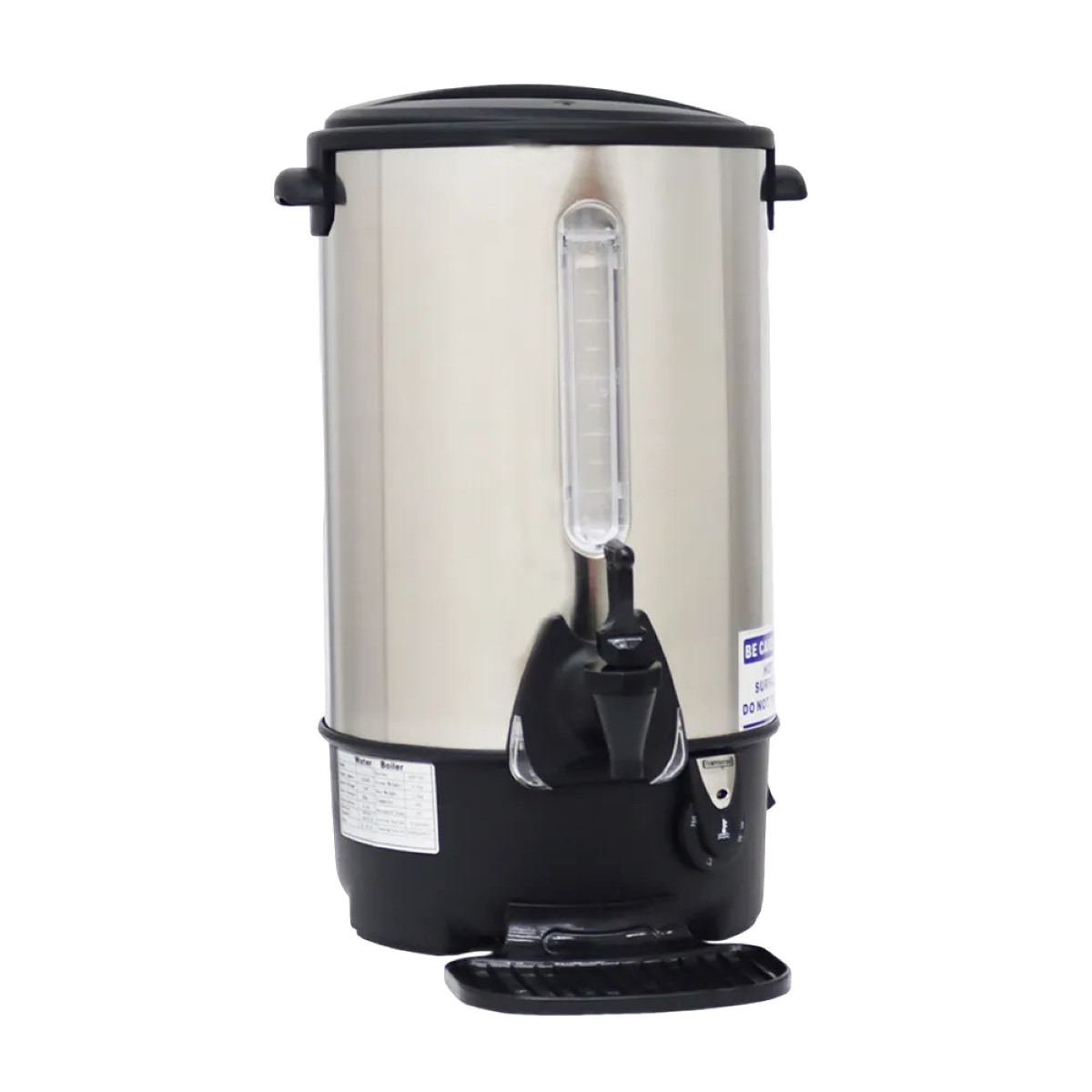
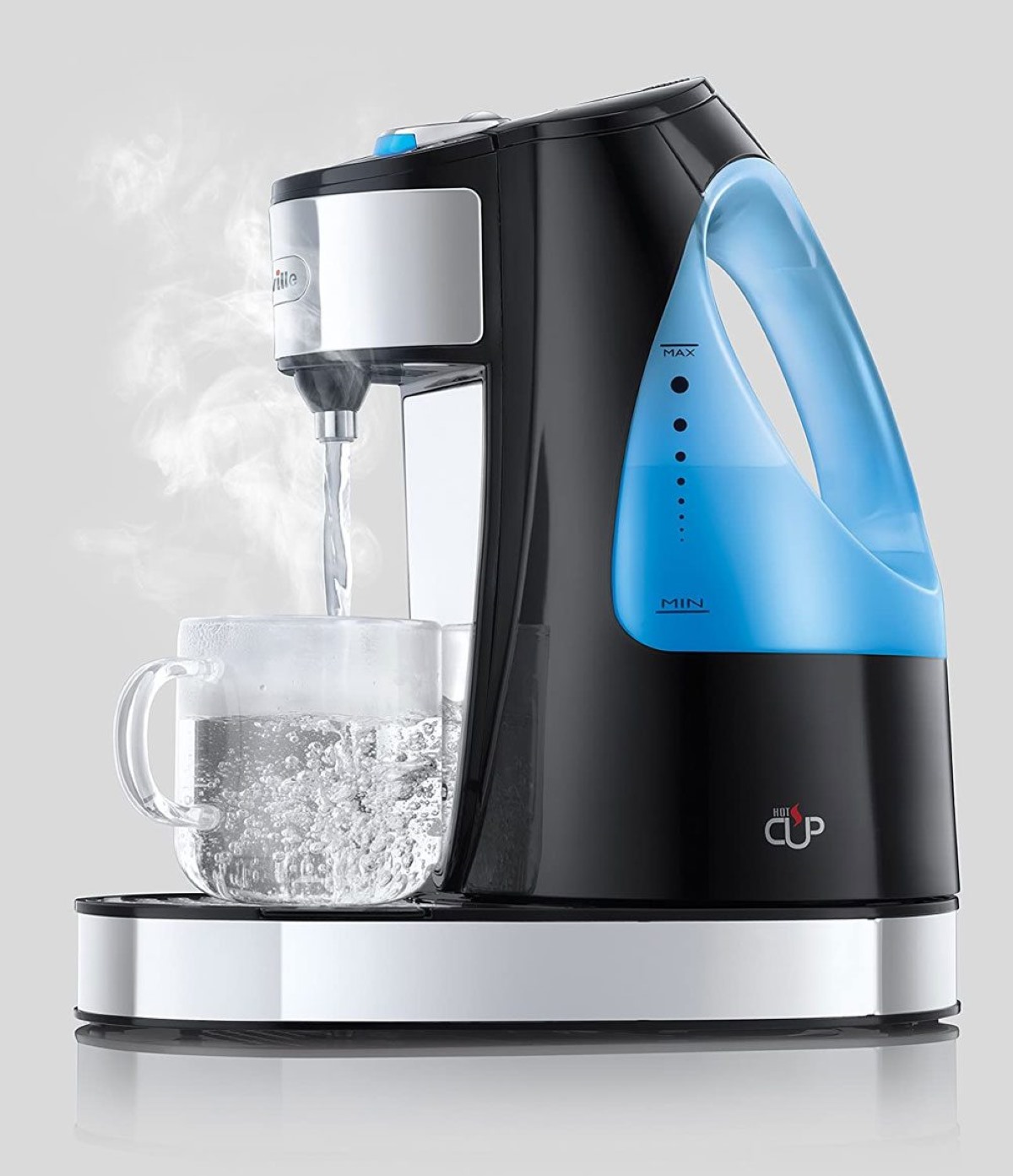
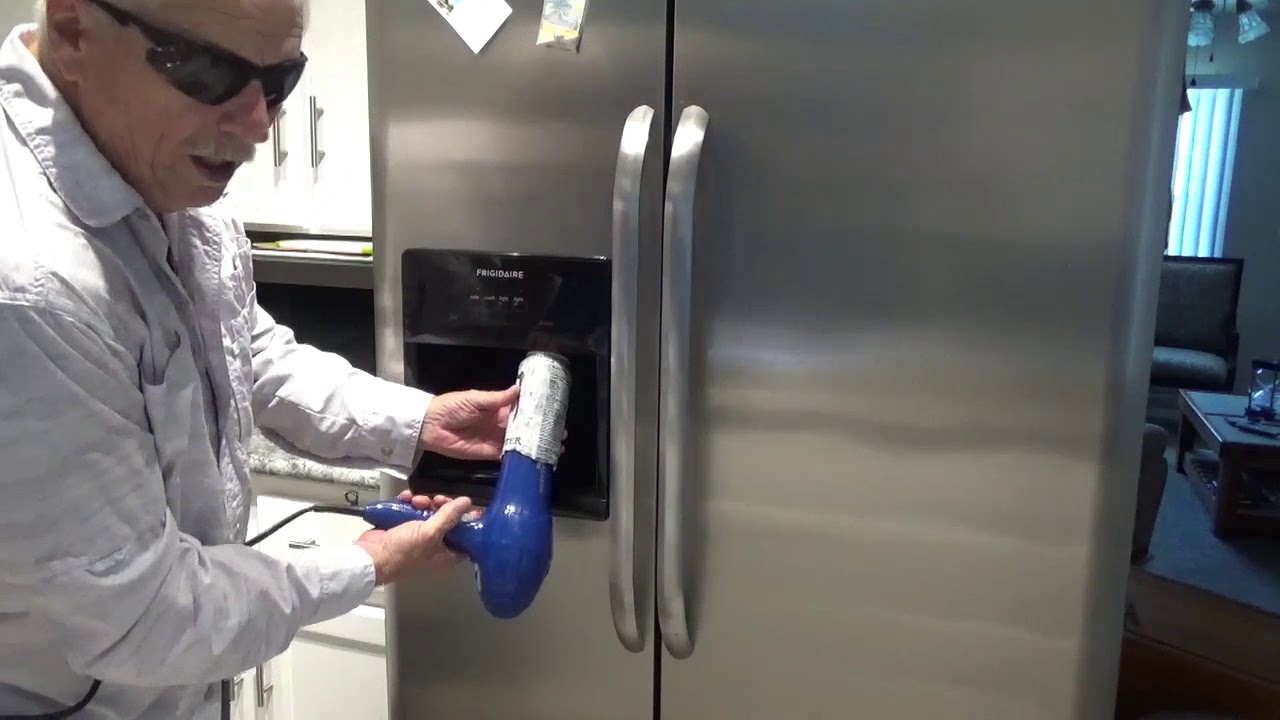
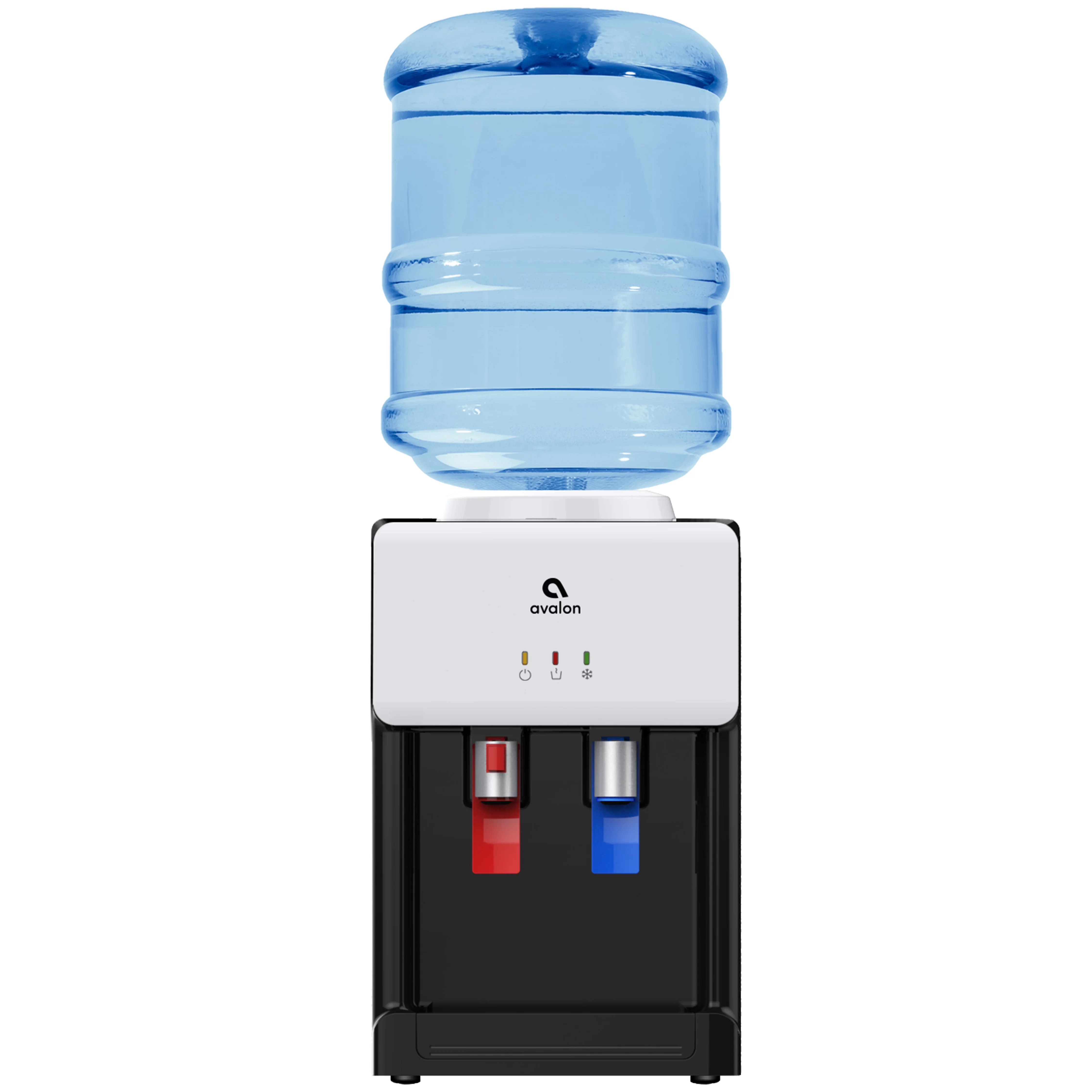
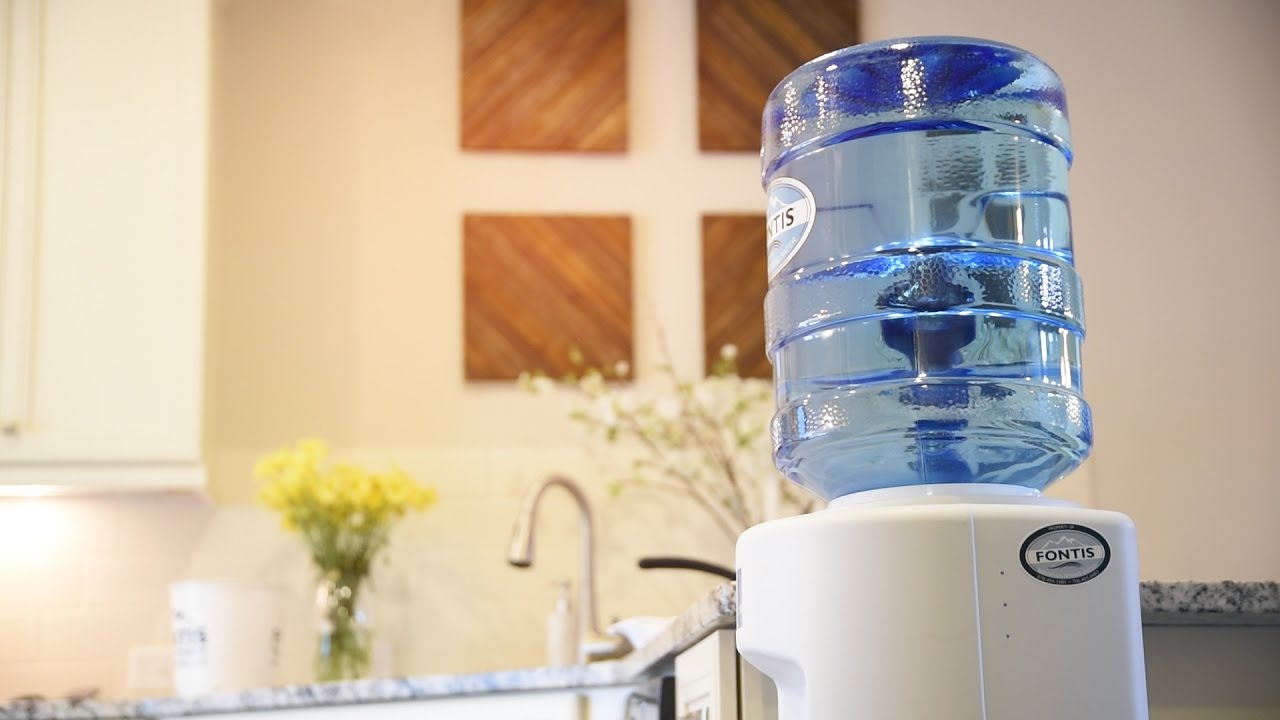
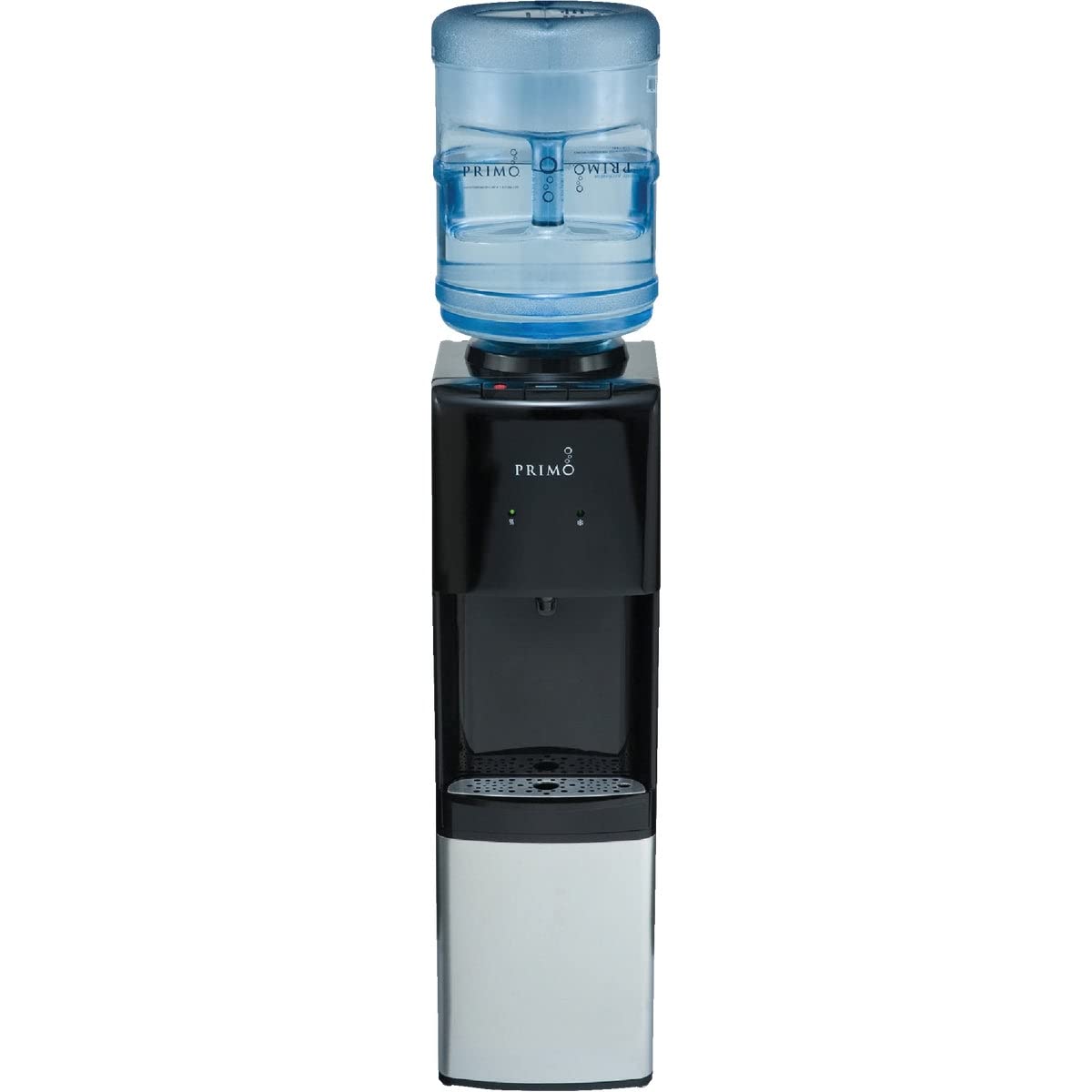
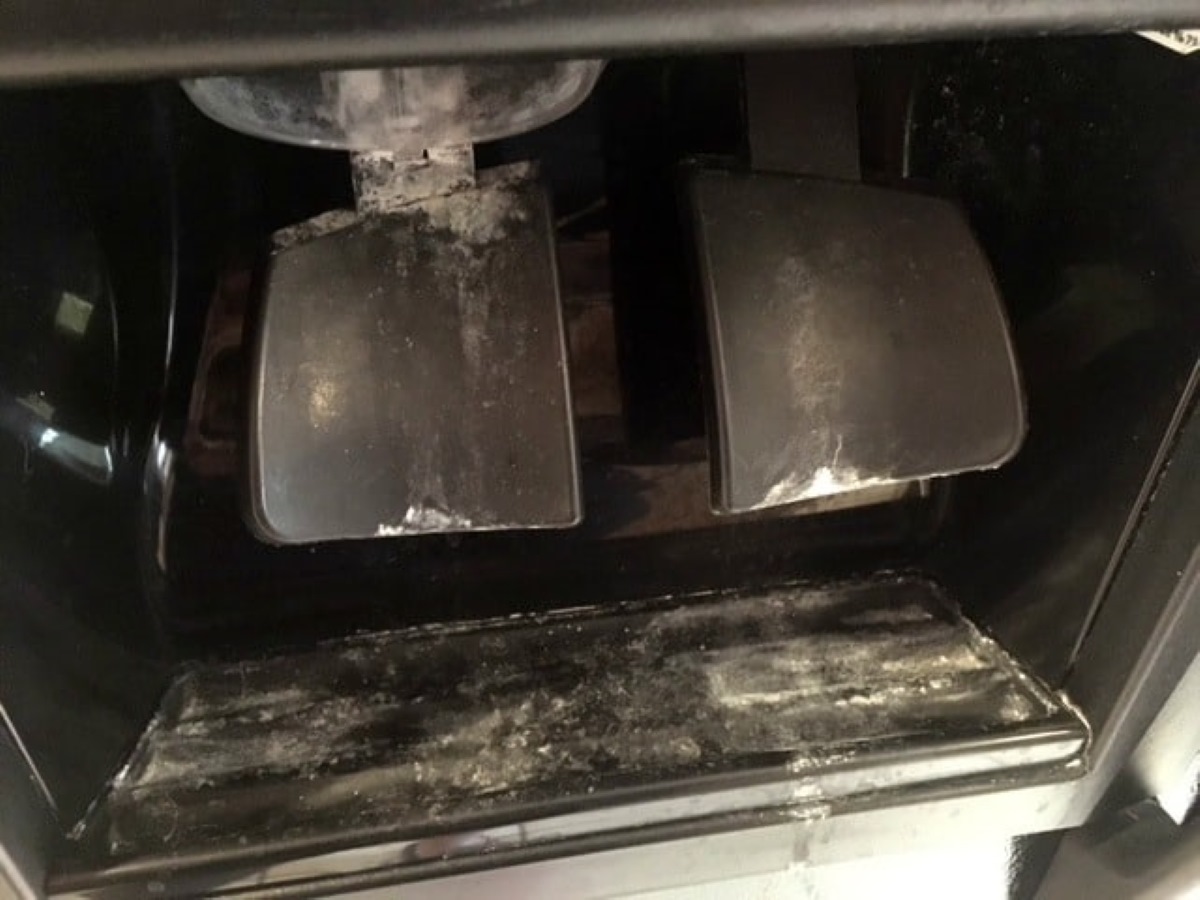
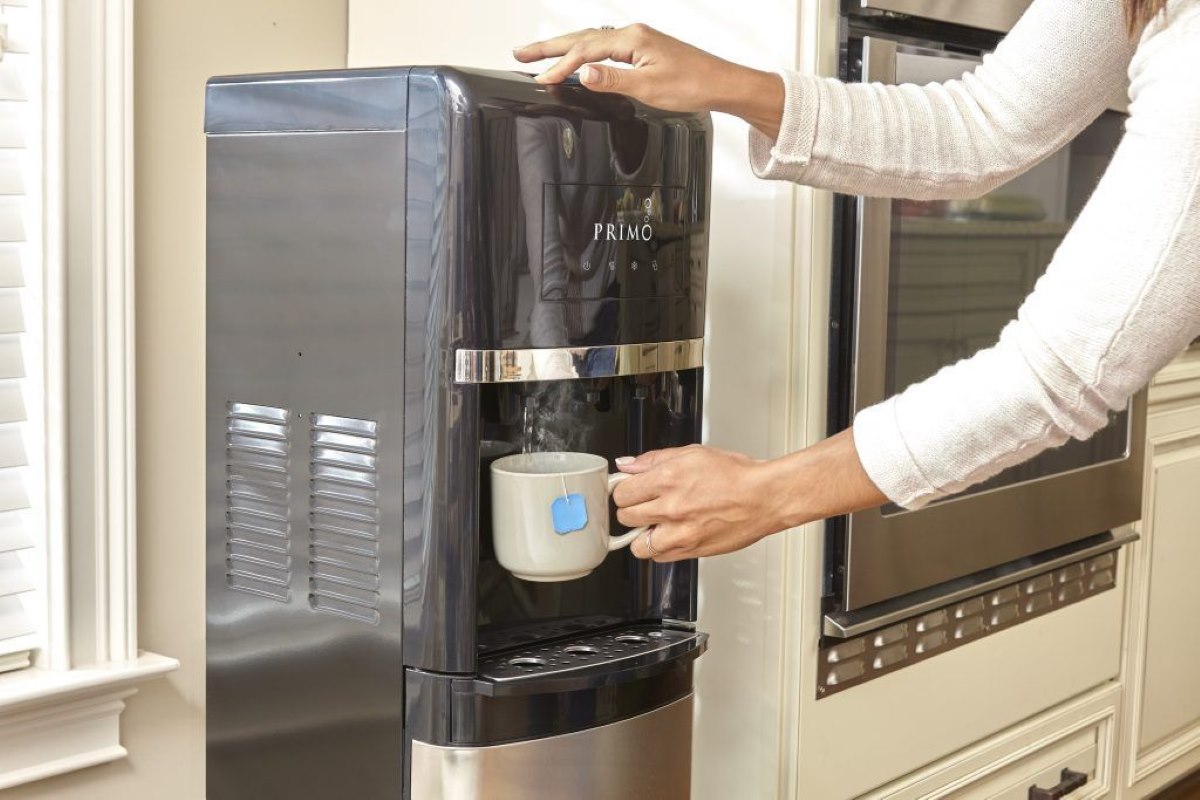
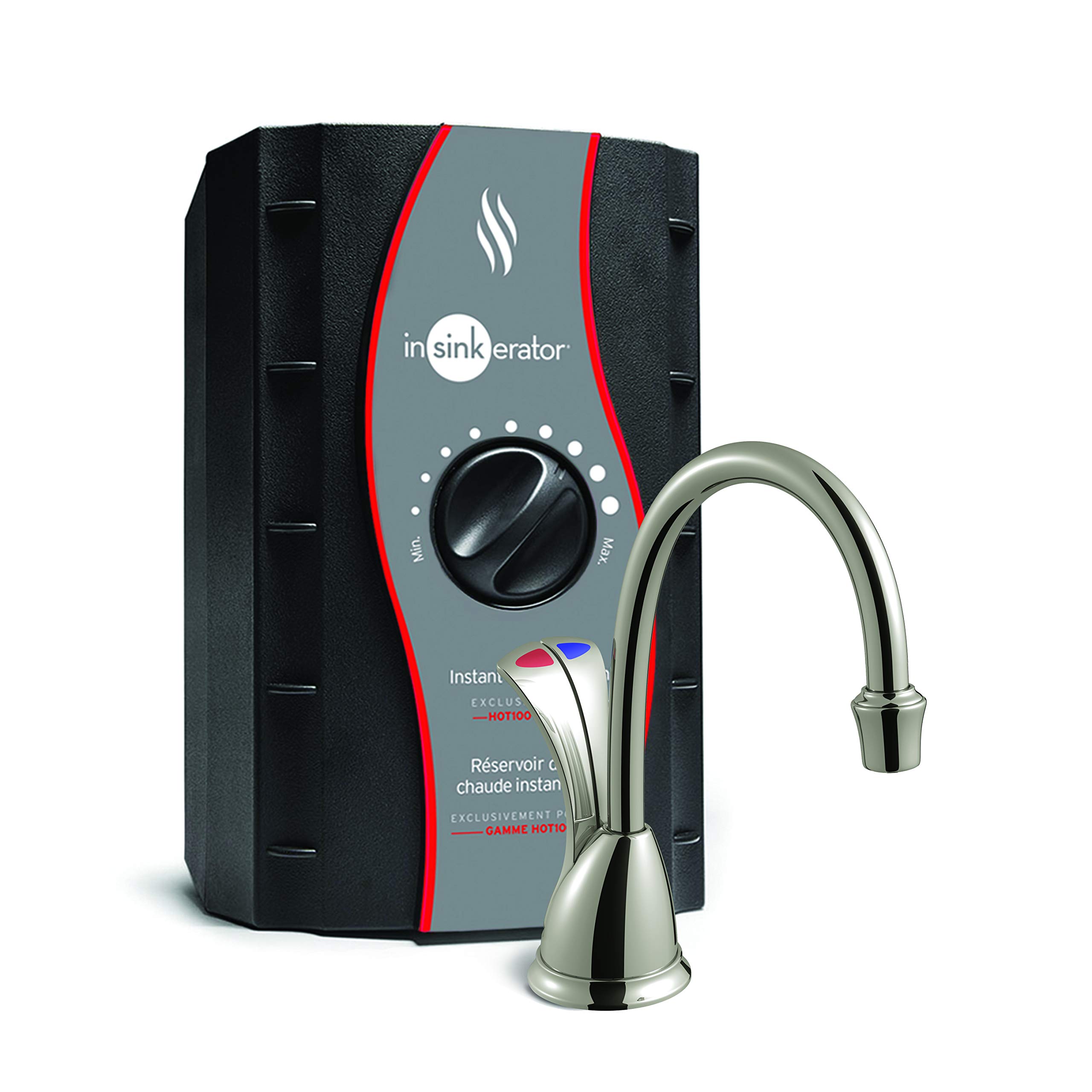
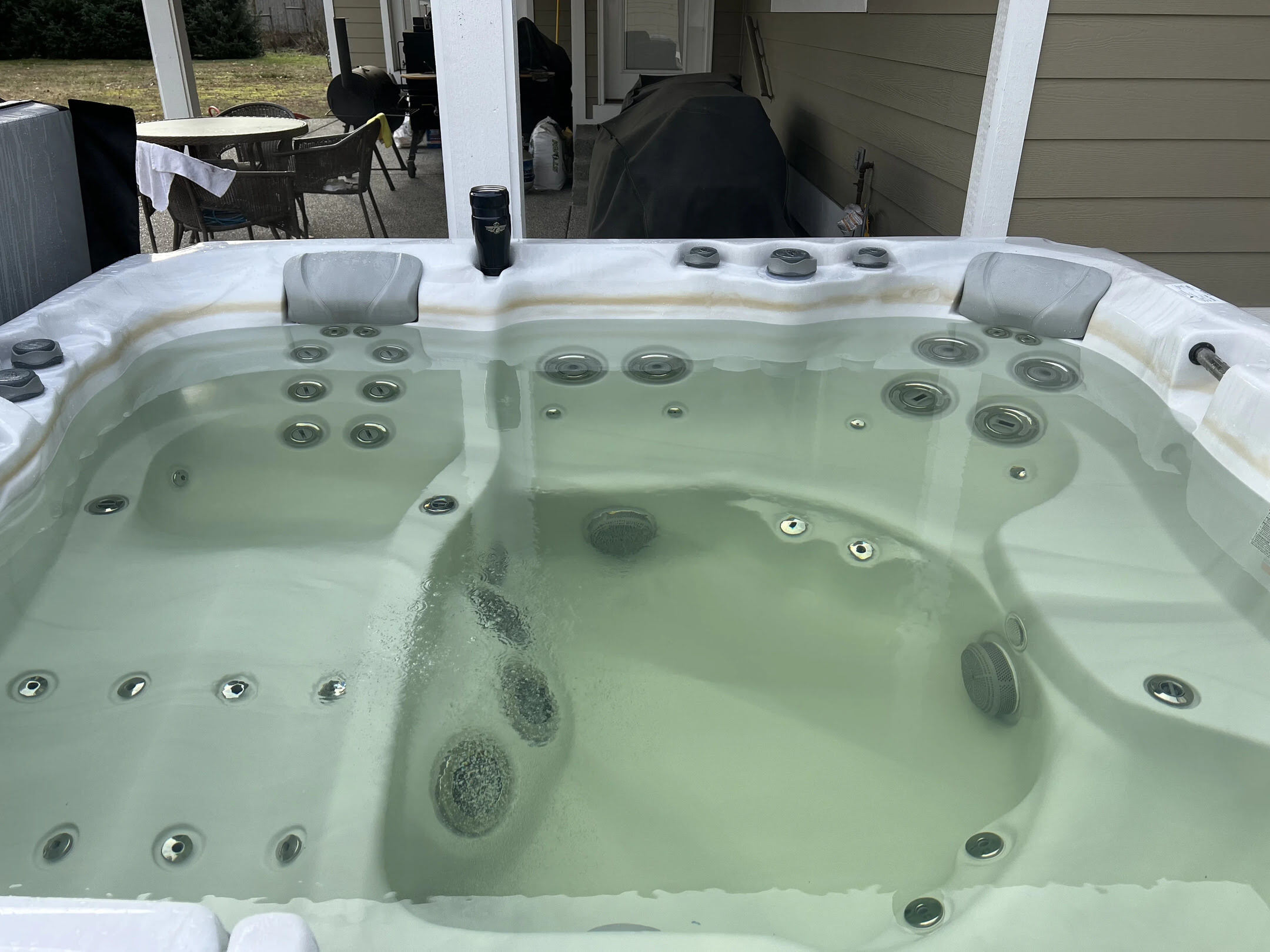
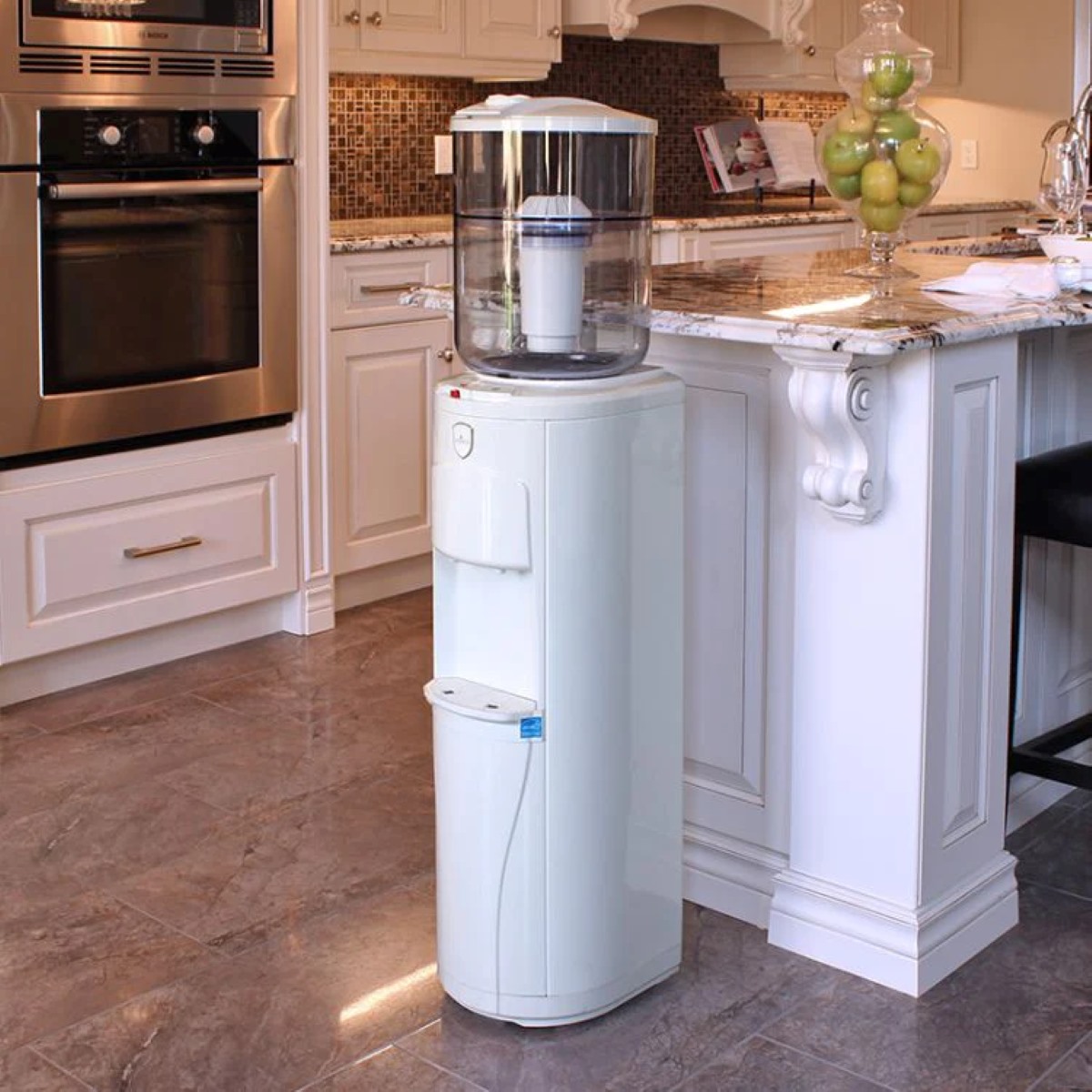
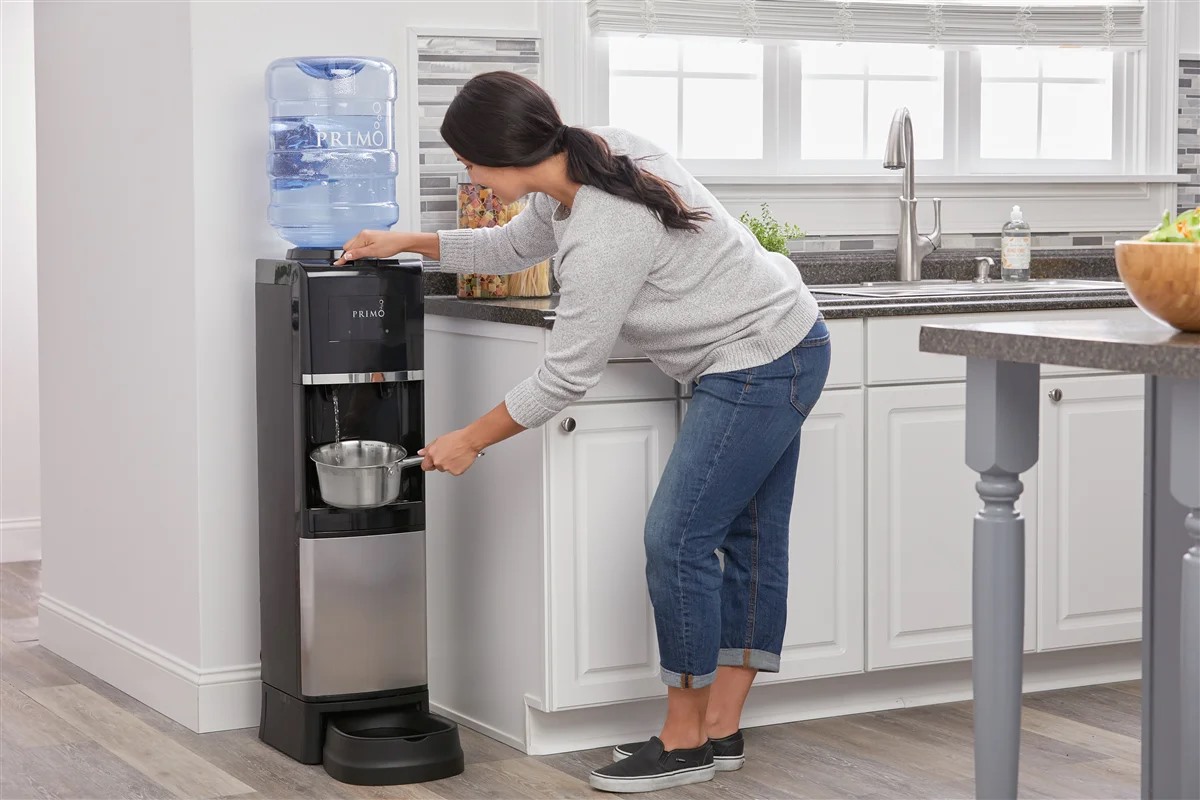
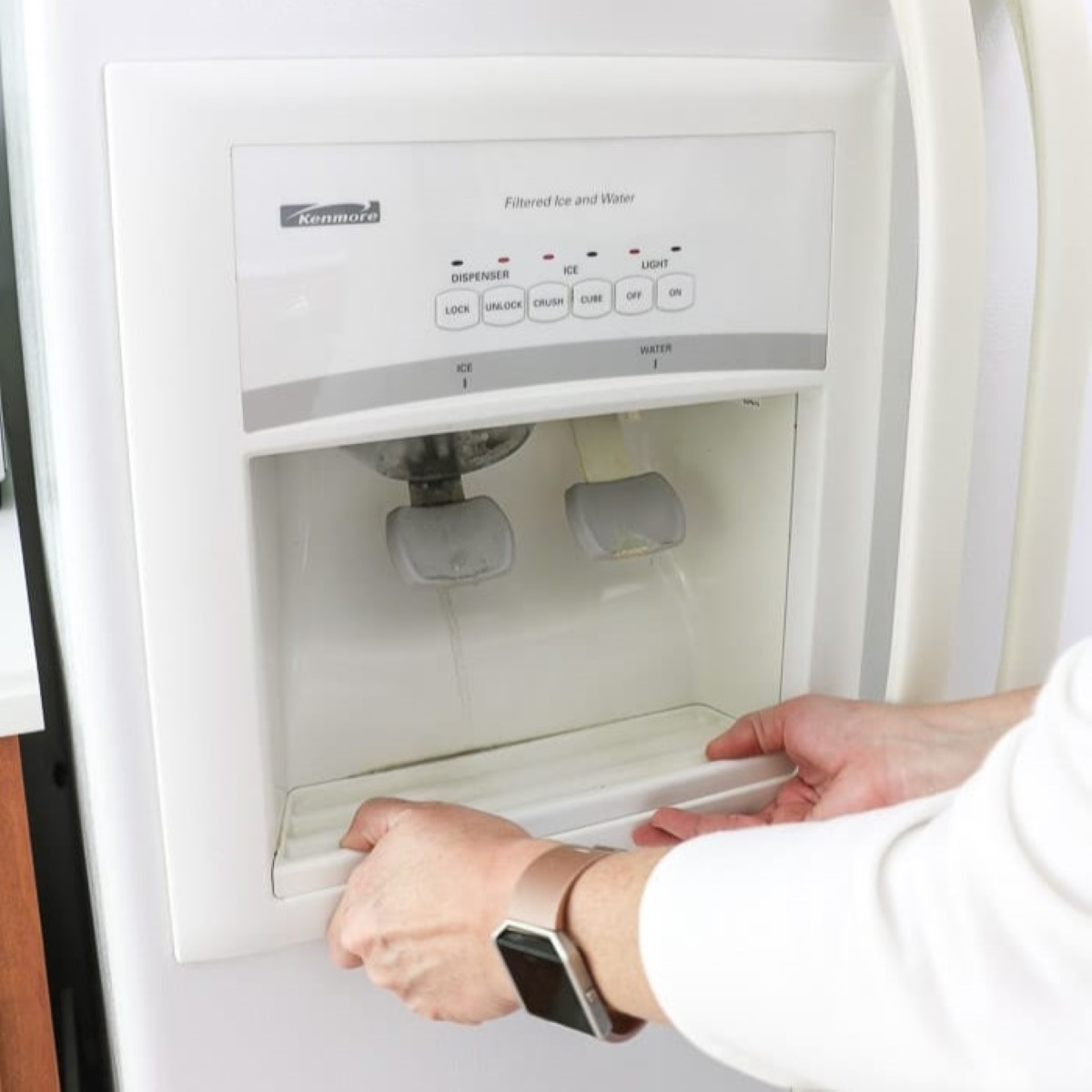
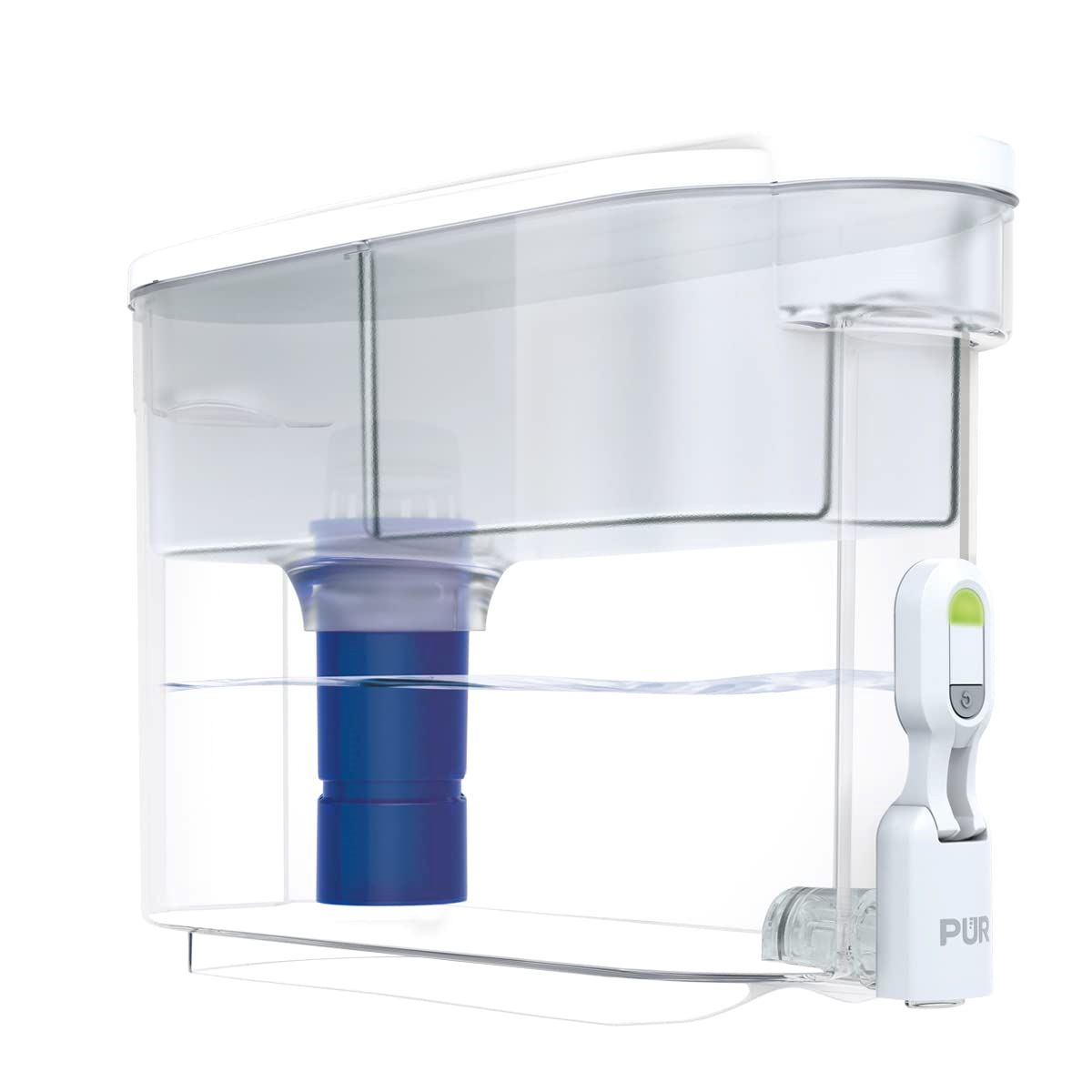

0 thoughts on “How Hot Is Water From Water Dispenser”